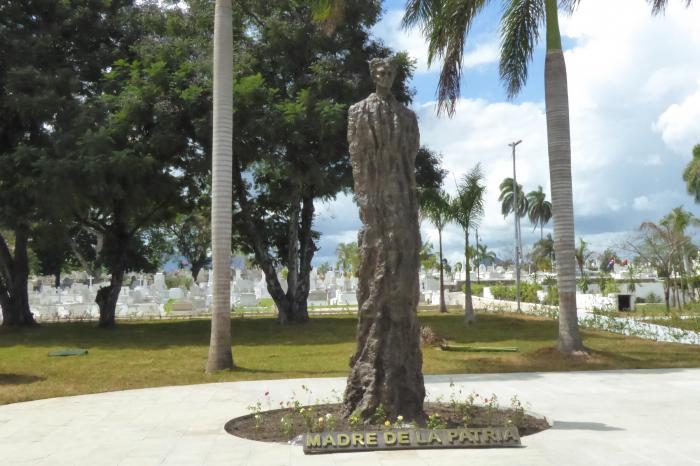
SANTIAGO DE CUBA.— Mariana Grajales Cuello, mother of the homeland and the Maceo, a royal palm standing tall, the pride of Cuba.
"What is there within this woman,” José Martí asked, “what epic feat, what mystery in this humble woman… what dignity and greatness in her simple life…”
She was untiring, sending her own children into battle, healing the wounded, her own offspring and the unknown with equal care, admired by all, the crystalline water of the river, an inextinguishable star high above.
Living in Jamaica at the end of the Ten Year War, her ideas and her example continued to inspire the revolutionary cause, until her death on November 27, 1893, in Kingston.
Comandante en Jefe Fidel Castro chose her name for the first rebel platoon of young women in the Sierra Maestra, and we continue to use it referring to the Cuban women who fought in Angola and other lands; those who work the fields to put food on our tables; devoted teachers; and those brave women in the red zone today confronting COVID-19.
Her remains were brought to Cuba 30 years after her death, to rest in Santiago de Cuba’s Santa Ifigenia Cemetery, alongside Céspedes, Martí and Fidel, with those whose ideas and work continue defending the country.















